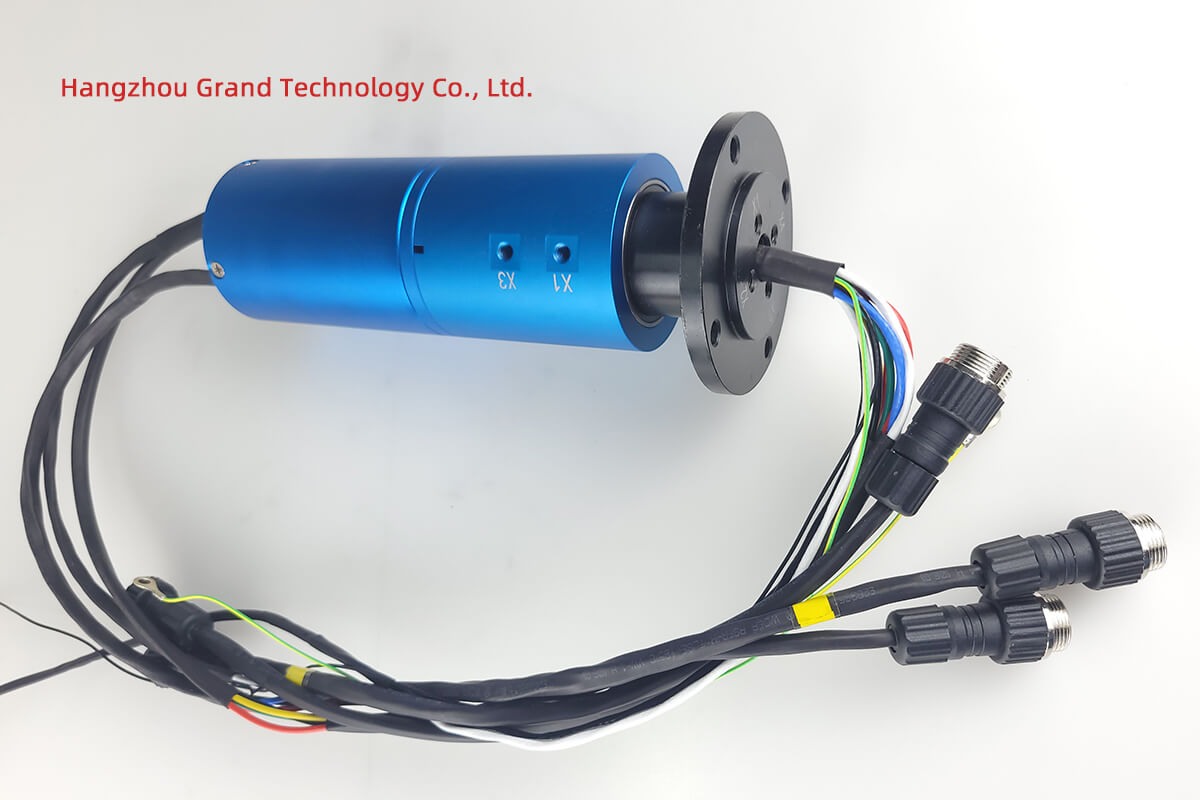Slip ring motors play a crucial role in powering various industrial applications, providing high starting torque and precise speed control. Their unique features and capabilities make them indispensable in industries that require heavy-duty machinery. In this article, we will explore the industrial applications of slip ring motors, examining their features, working principles, and recent advancements in the field. By understanding the use of slip ring motors in diverse industrial settings, we can appreciate their significance and the potential for further innovation.
Features and Working Principles
Slip ring motors are designed with specific features that enable their exceptional performance. They consist of a rotor and a stator, which are essential components for generating the necessary electromotive force. The rotor contains windings connected to external slip rings, while the stator houses stationary windings. The slip rings and brushes ensure electrical connections with the rotor, allowing for precise control over speed and torque.
The working principle of slip ring motors involves the interaction between the rotor and stator windings. When an electric current is supplied to the stator windings, a rotating magnetic field is created. This rotating magnetic field induces a current in the rotor windings, resulting in the generation of torque and the rotation of the motor. Slip ring motors offer high starting torque, making them ideal for applications that require heavy starting loads. Additionally, they provide variable speed control through the adjustment of the external resistance connected to the slip rings.
Industrial Applications
Slip ring motors find use in a wide range of industrial applications due to their unique capabilities. One prominent application is in crane systems, where slip ring motors provide the necessary torque to lift and move heavy loads. The ability to control the speed and torque of slip ring motors makes them suitable for precise positioning and controlled movements in various crane operations.
Wind turbines also rely on slip ring motors to convert wind energy into electrical energy. The high starting torque of slip ring motors allows wind turbines to start rotating at low wind speeds, maximizing energy generation. The variable speed control feature enables optimal turbine performance, as the rotor speed can be adjusted to match varying wind conditions.
In the mining industry, slip ring motors are used in mills and crushers, where high starting torque is crucial for breaking down and processing materials. Slip ring motors provide the necessary power and control for efficient grinding and crushing operations. Compressors, with their demanding starting loads and the need for adjustable torque, also benefit from the use of slip ring motors.
Advancements in Slip Ring Motors
Recent advancements in slip ring motor technology have led to significant improvements in efficiency, power factor, and control mechanisms. Modern designs focus on enhancing motor efficiency by reducing energy losses and improving power factors. These improvements not only reduce operational costs but also contribute to environmental sustainability.
Furthermore, advancements in control mechanisms have allowed slip ring motors to integrate with smart systems and Industry 4.0 technologies. This integration enables remote monitoring, data analysis, and predictive maintenance, leading to improved operational efficiency and reduced downtime.
Emerging trends in slip ring motor technology also include the development of brushless slip ring motors. These motors eliminate the need for brushes, reducing maintenance requirements and enhancing overall reliability. Brushless slip ring motors offer improved efficiency and reduced wear and tear, making them an attractive option for industries seeking advanced and reliable motor solutions.
Slip ring motors play a vital role in various industrial applications, providing high starting torque and precise speed control. Their unique features and capabilities make them indispensable in industries such as cranes, wind turbines, mills, and compressors. Recent advancements in slip ring motor technology have led to improvements in efficiency, power factor, and control mechanisms. The integration of slip ring motors with smart systems and Industry 4.0 technologies opens new possibilities for optimizing performance and enhancing operational efficiency.
To fully unleash the potential of slip ring motors in industrial settings, further research and innovation are needed. Continued advancements in motor design, control mechanisms, and integration with emerging technologies will contribute to enhanced performance, reliability, and sustainability. By leveraging the unique features of slip ring motors and embracing the possibilities of future developments, industries can optimize their operations, reduce costs, and achieve greater productivity.
See What We Can Do

